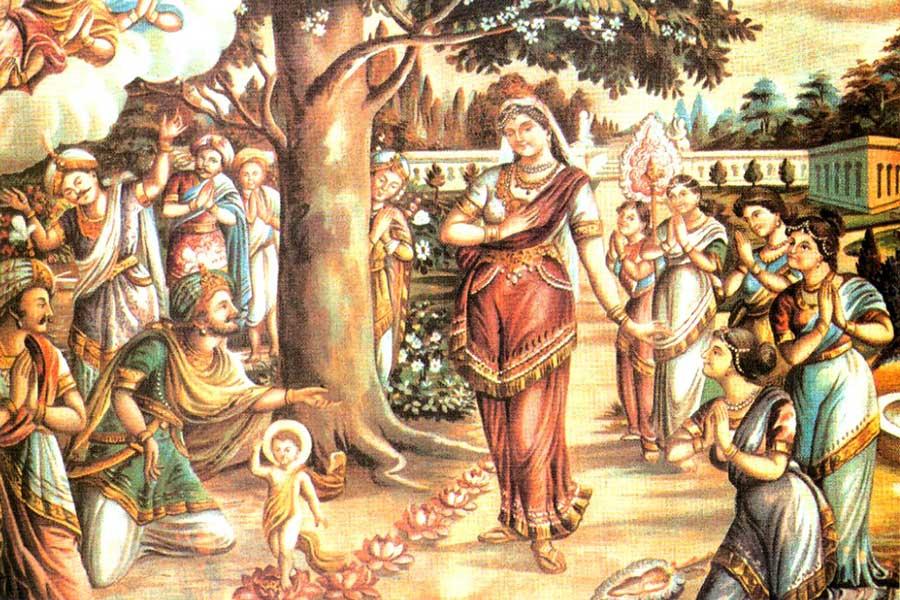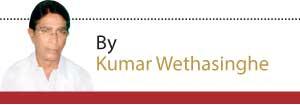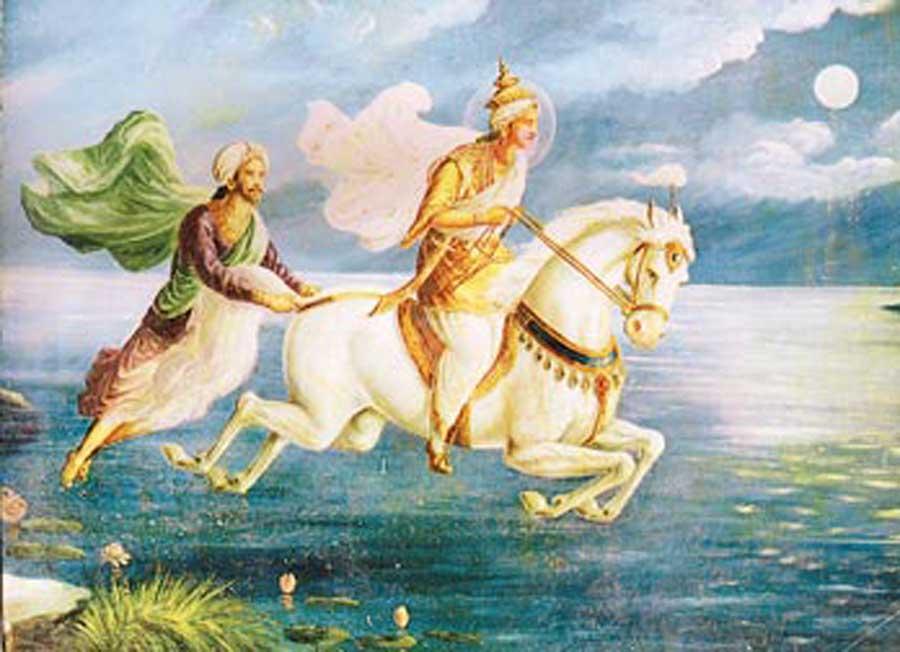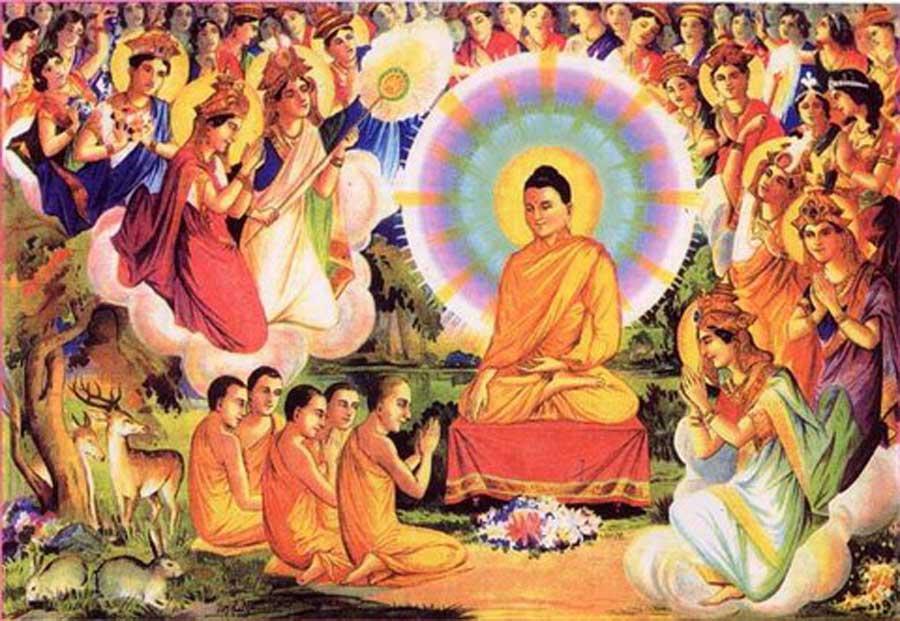Reply To:
Name - Reply Comment
 Birth of Prince Siddhartha.
Birth of Prince Siddhartha.
Siddhartha Gautama Buddha
The Vesak full moon day glorifies the three significant events of the life of Prince Siddhartha. Prince Siddhartha Gautama was born on Vesak full moon day 2644 (623BC) years ago. Tatagatha Gautama, attained Enlightenment on Vesak full moon day 2609 (588BC) years back. The Buddha reclined at the age of 80 years, on Vesak full moon day 2565 (543BC) hitherto.
Gautama was born on Vesak full moon day 2644 (623BC) years ago. Tatagatha Gautama, attained Enlightenment on Vesak full moon day 2609 (588BC) years back. The Buddha reclined at the age of 80 years, on Vesak full moon day 2565 (543BC) hitherto.
In accordance with his doctrine, his last words to his disciples were “Now I say to you: all conditioned things are impermanent, strive on with heedfulness” (Vayadhamma Sankhara. Appamadena Sampadetha).
Gurudeva Asitha (Kaladevala), the Royal Tutor with super-spiritual attainments rejoiced on hearing that King Suddhodana and Queen Mahamaya were blessed with an illustrious prince.
The great ascetic soon called at the Royal Palace. The King was surprised and delighted at the unexpected arrival of his distinguished Gurudeva.
To receive his blessings, the King brought the baby Prince before the Gurudeva. While the Gurudeva was extensively studying the characteristic features of the baby Prince, the infant suddenly raised his feet touching the Gurudeva’s forehead.

Accompanied by his faithful aid Channa, he rode the Royal horse Kanthaka, across River Neranjana.
Shocked by the incident, the ascetic raised himself from his seat. Then with clasped hands, he paid his obeisance to the Prince. Thereafter, he happily smiled but momentously became sad. Seeing such mingled expressions, the King was perturbed and queried the reasons.
Then the ascetic explained that he was overjoyed realising that Prince would become the next Buddha. Later he regretted as himself would not live long to hear the wisdom of the Buddha.
The naming ceremony of the Prince took place five days after his birth.
The ceremony was graced by eight spiritually advanced Brahmins. Having examined the physical appearances of the Prince, seven of them raised two fingers predicting that the Prince would either become the Monarch of the World or become the next Buddha.
However, Kondanna, the youngest of them who excelled in knowledge than the rest of them observed radiant hairspring circled to right, on the forehead of the Prince. Accordingly, he raised only one finger declaring that the Prince will invariably become enlightened.
“A unique being, an extraordinary man arises in this world for the benefit of the many, for the happiness of the many, out of compassion for the world, for the benefit and happiness of gods and men. Who is the Unique Being? it is the Tatagatha, the Exalted, fully Enlightened one!”
On the day of his son Rahula’s birthday, at the age of 29 years, the Prince renounced the Royal Palace as well as the Royal inheritance.
Accompanied by his faithful aid Channa, he rode the Royal horse Kantaka, across River Neranjana. There he shaved his hair and attired saffron clothes gifted by Devas.
Thereafter, Ascetic Siddhartha being a penniless wanderer retreated to the woods in search of a permanent solution for the eternal suffering of beings. At first, he became a novice under distinguished spiritual Sages, Alara Kalama and Uddakaramaputta. Within a brief period, he attained the realm of neither perception nor non-perception (“Neva Sanna, N’asannayatanaya”). These were the highest stages in worldly concentration then existed. Not being satisfied with such achievements he politely bid farewell to their ashrams.
|
Six long strenuous years Ascetic Gautama practised extreme austerities and mortifications which lasted until he became almost a physical wreck. |
He realised that his spiritual aspirations were advanced than what he had achieved. He was seeking the highest, complete cessation of suffering. Total eradication of all forms of craving. Finally, he joined a group of five ascetics.
By and large, for a period of six long strenuous years, he practised extreme austerities and mortifications which lasted until he became almost a physical wreck. Thereupon he advocated the Middle Path. he was convinced that deliverance by Ascetic philosophy, self-mortification (total abstinence from food) was futile. It only weakened one’s intellect causing lassitude.
He also acknowledged that no spiritual progress would take place without physical fitness.
Thus, he gradually began to consume coarse food, wild nuts to regain his physical strength. He recollected “my eyeballs appeared deep sunk in their sockets and as I intended to touch my belly’s skin, instead seized my backbone”.
Kondanna, Bhaddiya, Vappa, Mahanama and Assaji, the group of five ascetics who assisted and associated Ascetic Gautama, aggrieved by his changing mode of nutrition, blamed that Gautama has become luxurious. At the most hour of need, they deserted him and left for Isipathana.
Alone in sylvan solitude, the Bodhisattva determined to concentrate on deep truths. The Bodhisattva expressed, “strenuous and indomitable was my energy, yet my mindfulness was established and unperturbed”.
In the memorable forenoon, the day before the splendid morn of Bodhisattva’s Enlightenment. He was seated under the holy Ajapala Banyan tree. Then there came, a generous benefactress, Sujatha of Senani village accompanied by her maid and offered a golden bowl of delicious milk rice meal to Bodhisattva assuming him to be a deity. She had come there to fulfil her vow to the deity of the holy tree for being blessed with a baby for her.
Refreshed by the rich meal, the Bodhisattva dipped himself in river Neranjana. He then made a wish and set the golden bowl to move upstream if he would achieve the Sublime Goal.
Thereafter, he settled down under the shade of Jaya Sri Maha Bodhi. In solitude, his mind became clear and one-pointedness.
Now he could reflect all forms in their exact forms and their exact perspective. He probed into the deepest recesses of his mind by applying himself to mindfulness. He concentrated on “In and Out” breathing (Inhale and Exhale Method, “Ana Pana Sati”)
During the First Watch of the night, his thoughts tranquillized, purified, cleansed, free from lust, impurity, pliable, alert, steady and unshakable.
He could recall in his mind his varied past cycle of births (Pubbe Nivasanussati) as related in 550 jathaka stories.
Next, he contemplated “The perception of his disappearance and reappearance” (Catupapata Gnana).
Then, he perceived that beings disappearing from one state of existence and reappearing in another are caused by their actions (Kamma). High and Low forms, Beautiful and Ugly, Happy and Sorrowful were resulting from their past acts. (Kamma).

First Sermon of Buddha to Five Ascetics at Isipathana.
Thirdly, he reflected on the “Comprehension of the Cessation of Corruption” (Asavakkaya Gnana).
He realized sorrow leads to corruption. He analysed how sorrow arises and how it can be eradicated.
“Cessation of Sorrow results in Cessation of Corruption”
His insight was ignited when the mind was well composed by freeing the mind of impurities by developing insight meditation (Vipassana).
His penetrative wisdom analysed three characteristics signs of all condition things.
Realising and seeing that his mind was liberated from the taints of these senses: Pleasure (Kama Asava), Of Becoming (Bhawa Asava) and of Ignorance (Avijja Asava).
When the mind was liberated, there came knowledge and vision. Arisen in him unshakable was his deliverance of mind.
This was his last birth, no more becoming, no more re-birth. Ended the process of grasping and realized as they truly are, attaining the Supreme Enlightenment.
Being Enlightened, the exalted one, Tatagatha Gautama Samma Sambuddha experienced the Bliss of emancipation. Ending Sat Sati (Seven Weeks), Buddha uttered his maiden words,” The Paeon of Joy”.
“When ignorance was dispelled and the wisdom arose, the darkness vanished, and light arose”.
The Buddha expounded the Four Noble Truths. Buddhism teaches moral ethics and a path to eradicate defilement (Ills of life). The Buddhas teach the path. It is left for the individuals to follow.
Understanding Buddhists reflect on the virtues of the Buddha than engaged in external reverences and ceremonies.
“He who practices my teachings best reveres me”.
“By oneself indeed is evil done and by oneself is one defiled; by oneself is evil not done and by oneself is one purified. Purity and impurity depend entirely on oneself; no one can purify another” is the Buddha’s advice (Dhammapada Verse 165).
There are ethics to practice for one to be a real devote.
Buddha’s Message in Brief,
“Refrain from all that is immoral, what should not be done,
Embrace what is moral and cultivate merit,
Do this by purifying one’s own thoughts (mind)”
“Sabbapapassa akaranam - kusalassa upasampada
sacittapariyodapanam - etam buddhana sasanam”. (Dhammapada verse 183)
May all beings be well and happy!!! Happy Vesak to all world beings!!!
(This article is based on facts gathered from the texts of noted authors Ven. Narada, Ven. Kassapa, Ven. K Dhammananda, Ven. Prof. Dhammavihari, Rhys Davids, Dr Ambedkar, Alex Robertson etc)
The writer can be reached at
[email protected]